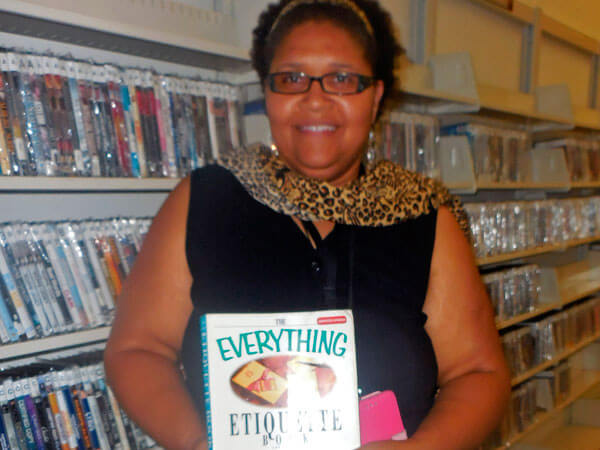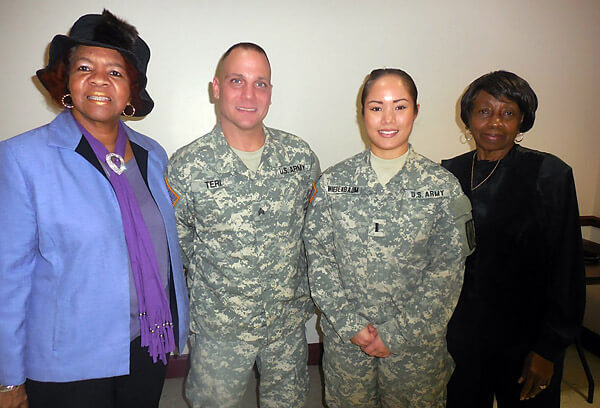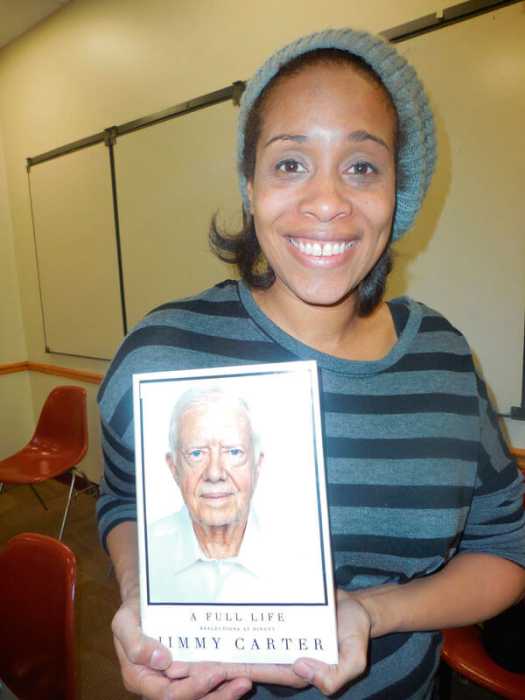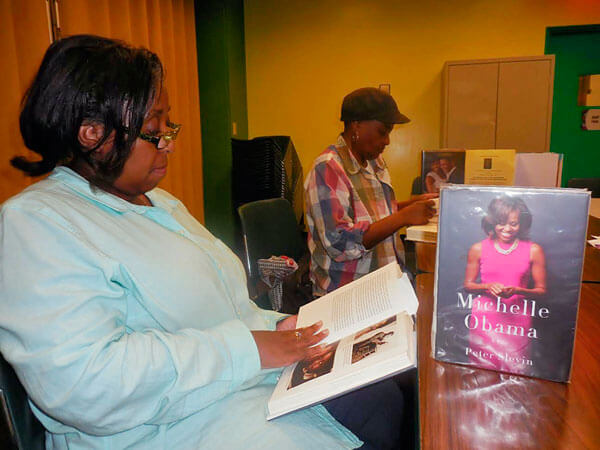What a popular and newly revised advertisement should read is that, you should not leave home without good manners — instead of a designated credit card. Of course, good manners extends beyond gracious gift giving for birthdays, anniversaries and religious celebrations. One should also understand that holiday protocol, delicate attention to wedding planning and choice paper offerings of congratulations or thoughtful sympathy notes do not contain the majority of the subject matter in acceptable social practices. Nor is the rules of protocol reserved for the genteel traveler temporarily stationed on a cruise, bus, hotel, taxi or camping — at home or abroad.
Minding your manners remains the rule and not the exception. “The Everything Etiquette Book: A Modern-day Guide to Good Manners” (Adams Media;$14.95) wonderfully champions the cause of social grace in political debates, body politics and in simple areas of common courtesy.
Leah Ingram, the author, urgent message on dining out decorum serves a hearty admonishment to adults and families out-on-the town dining. “When you’re eating out at a restaurant, you shouldn’t slouch in your seat, take your shoes off, or put your feet up on the table,” advises Ingram. “You should do your best to keep noise to a necessary minimum; and not every eatery is kid friendly, nor is it always appropriate to bring young ones along for a meal out,” she adds. “If you think your dining choice will be a bad fit for your family, find somewhere else to eat or hire a babysitter.”
“The Everything Etiquette Book” devotes reasonable space to mandatory areas of notable interest to the those desiring to be civil and well behaved.
Etiquette of children – from implementing rules of nursing to stern discipline – is a gratifying draw as well as a long forgotten duty of being a good neighbor. Ingram’s book is succinctly packed with the appropriate decorum to ending relationships and the e-etiquette of technology to the requisite protocol with pets. A welcomed contribution, in this second edition, are the rules to maneuver yourself graciously in an international forum.
If time is of the essence and reading 289 pages of “The Everything Etiquette Book” is not immediately convenient, I highly suggest target and focus on an applicable section based on your present needs, to devour the chapter on miscellaneous manners. Of equal importance, remember the top 10 faux pas outlined in this fascinating and helpful guide to grace and poise which are:
1. Forgetting to R.S.V.P. to an invitation.
2. Teaching their children that it’s fine to call adults by their first names.
3. Omitting writing thank-you notes after receiving a gift.
4. Talking about inappropriate topics when someone is pregnant such as the conception details or birth horror stories.
5. Deciding that disciplining misbehaving children isn’t a priority.
6. Partaking of public displays of affection when everyone is thinking, “Get a room.”
7. E-mailing incessantly at home and at work, including forwarding urban legends and insipid jokes.
8. Forgetting that cars are made for driving, not chitchatting on your cell phone.
9. Traveling to a foreign country and expecting everyone there to embrace the traveler’s American-ness.
10. Letting their pets run amuck in the neighborhood.




























